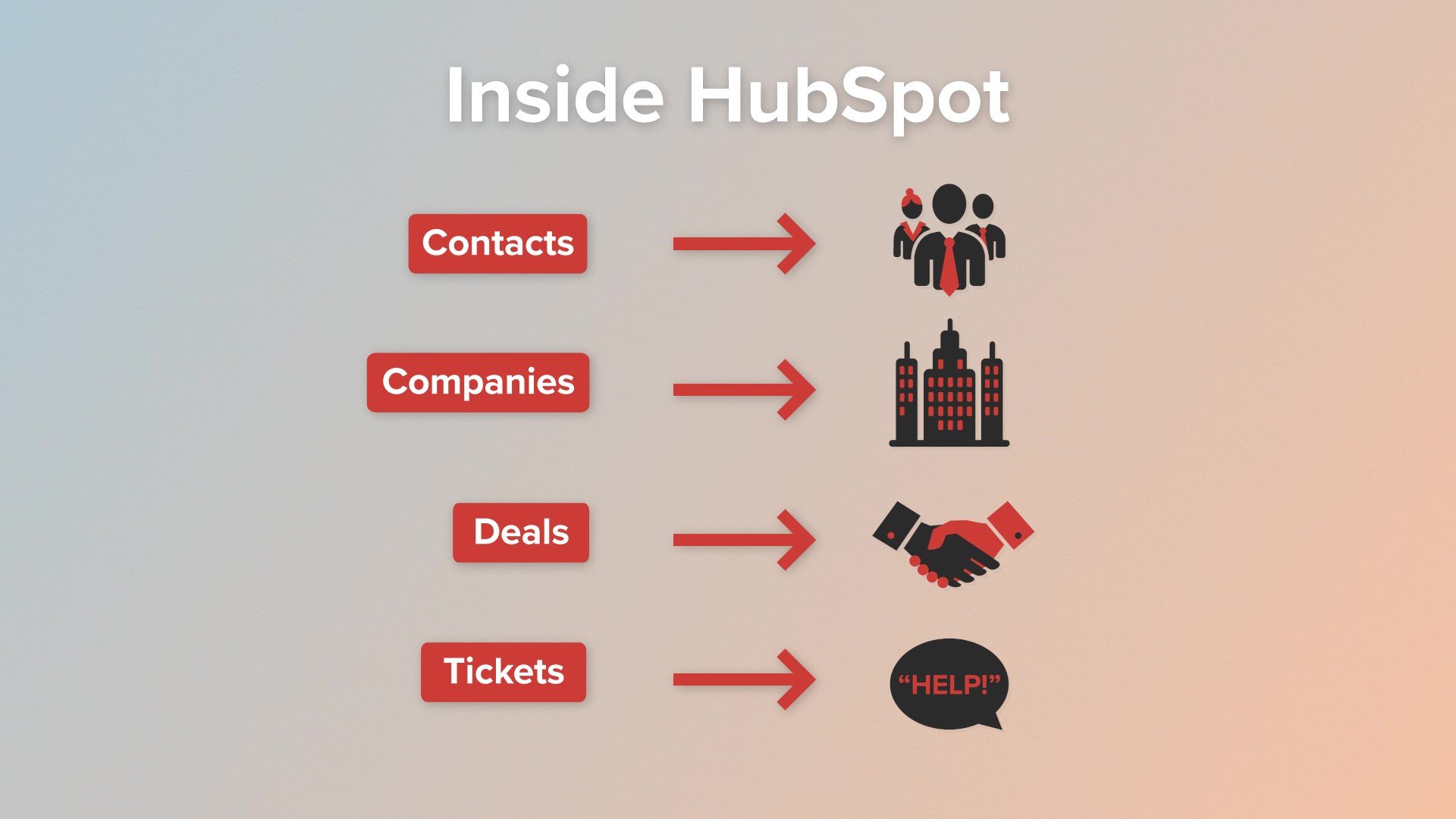3 HubSpot best practices that can make or break your account
Best Practices are like... salad, a side dish.
You know that the salad will be good for you, but you prefer to focus on your meal and ignore the salad. You know that situation?
Best practices are the same thing. You're so busy during work, focusing on your tasks, and completely ignoring best practices, even though, you know that they are good for you and can save you from a heart attack in the long run! (just like salad, right?)
I've been working with HubSpot consulting since 2018, and I've seen SO many HubSpot accounts full of errors that happened because the team was not following best practices! You know those situations when the CRM is super chaotic, data is all over the place, and nobody understands what's happening?
HubSpot Best Practices can prevent this! They will help you keep your account organized, prevent errors, and make sure everything works smoothly - this is especially important if you have a large email list (so you have a lot of data inside the account), or you are using HubSpot as a team (so a lot of people are using the account).
Let's take a look at 3 HubSpot best practices that can make or break your account!
1) Store information inside Properties (not notes, emails, or anything else you can think of)
Saving information inside properties will allow you to use this information inside reports, lists, workflows, emails, and any other things. This is not possible when you are saving information inside notes, for example! So, save information inside properties!
2) Use objects according to their purpose
Some time ago, I worked with a client who was using Companies, rather than Deals. They had multiple projects for the same client. But instead of creating multiple deals to represent these projects, they decided to create companies instead.
This was a problem later down the road when we tried to create sales reports. For sales reports, HubSpot pulls data from deals, not companies. So it was virtually impossible to set up a good sales reporting dashboard considering that our financial data was not saved inside deals.
Look: Inside HubSpot:
- Contacts are people
- Companies are the organizations where people work
- Deals are negotiations, projects, anything you're selling
- Tickets are customer requests for help.
Consider the purpose of each object before creating it. This will save you a lot of headache later down the road.
3) Assooooociateeeee!
Imagine this situation: A new sales team member reaches out to a person via email, without knowing that this person works at a company that is already currently a customer. The sales team member sends them a sales proposal with a different price than they are currently paying. Embarrassing, right?
What a nightmare, you might be thinking. Well, guess what? It happened to one of my clients.
This happened because that contact was not associated with the company which was already a customer! The sales team member was hunting “hot leads” in the CRM and thought that this person sounded like a great match!
Lack of associations leads to an “information silo problem”; this can cause stress, awkward conversations, and the inability to create workflows and reports based on associations.
These 3 best practices I just shared with you are GOLD! Following them will help you avoid HubSpot errors and make sure your information is aligned inside your account.
Interested in learning more about HubSpot best practices and how to keep an account healthy? I have something interesting for you below!


